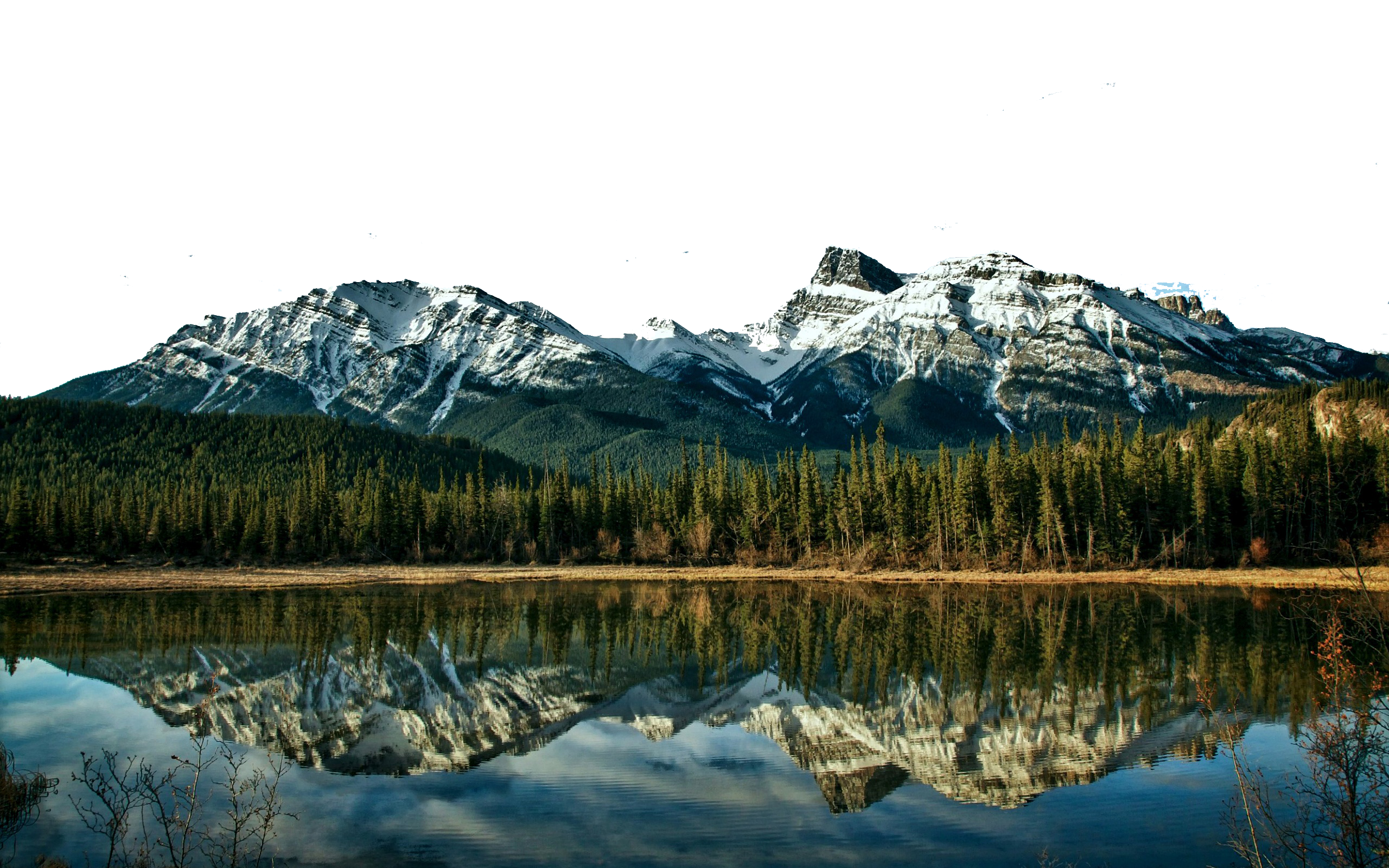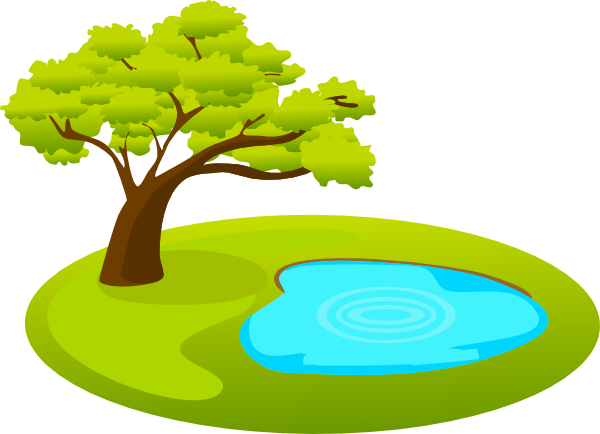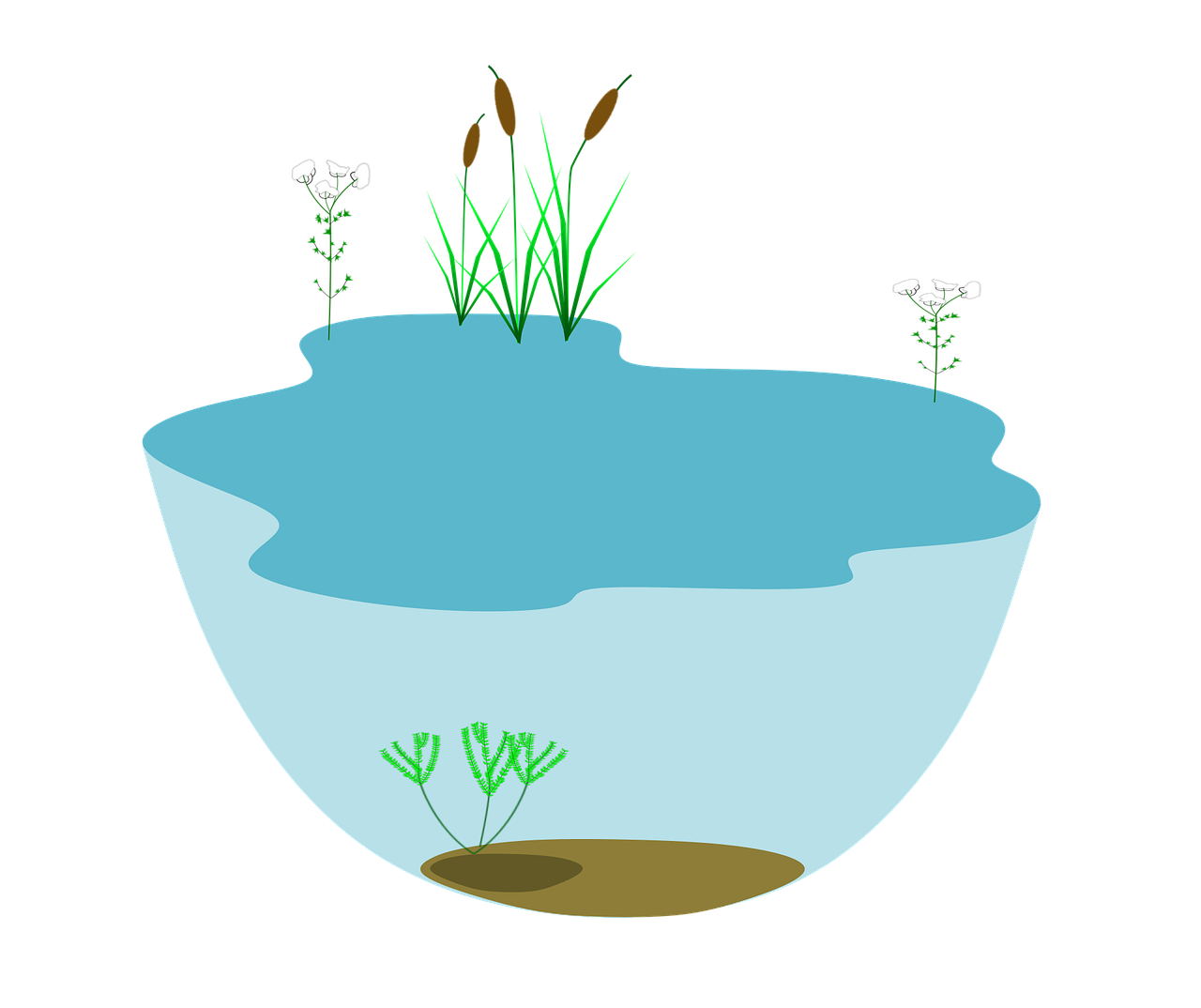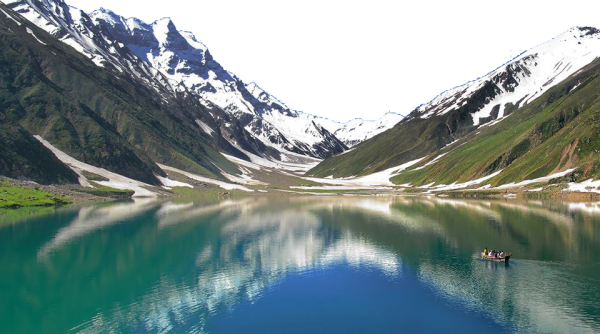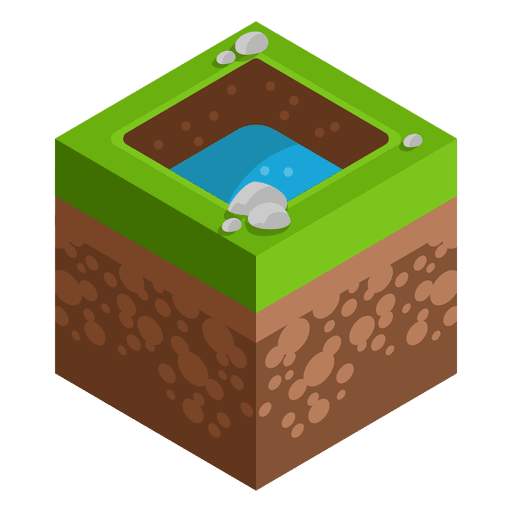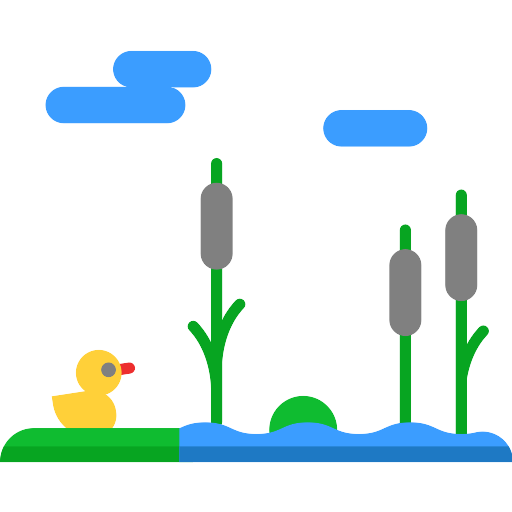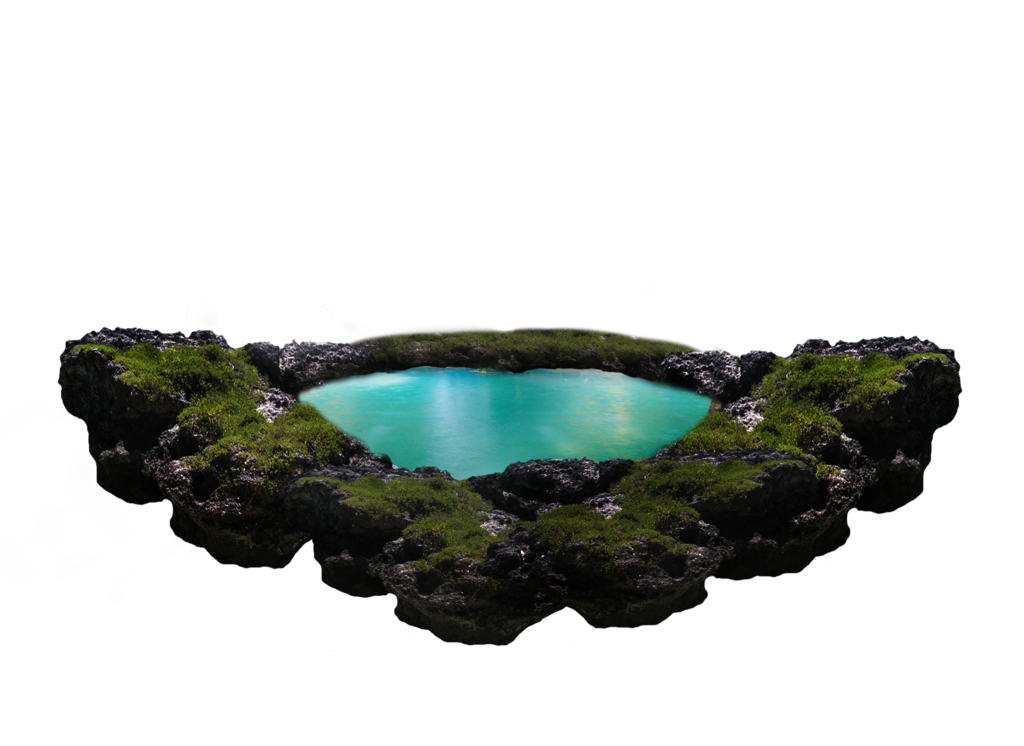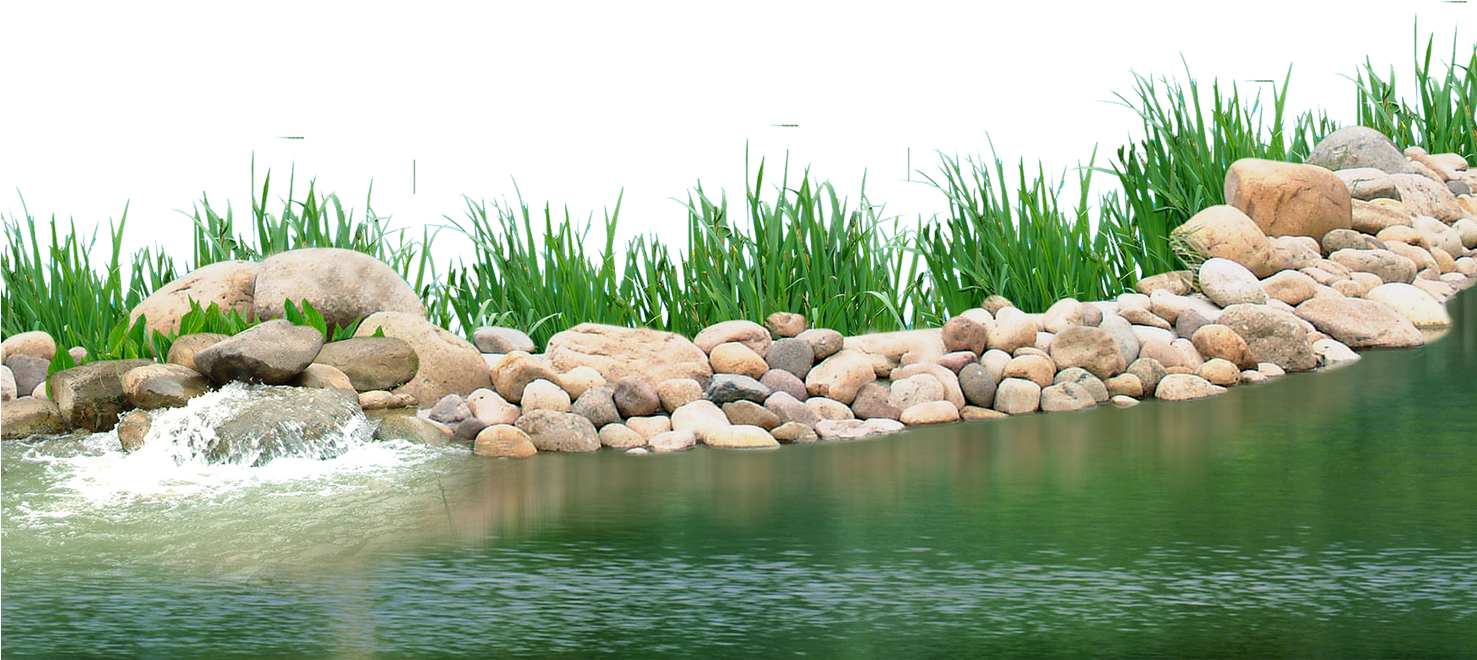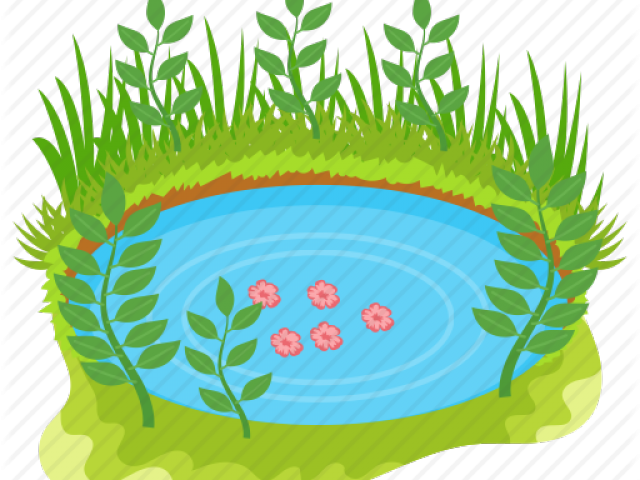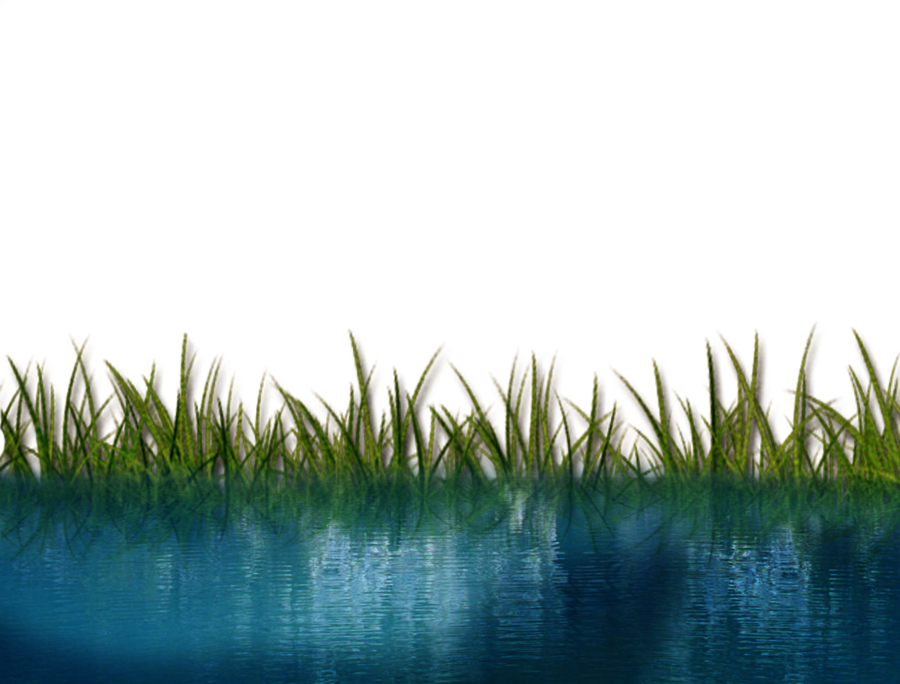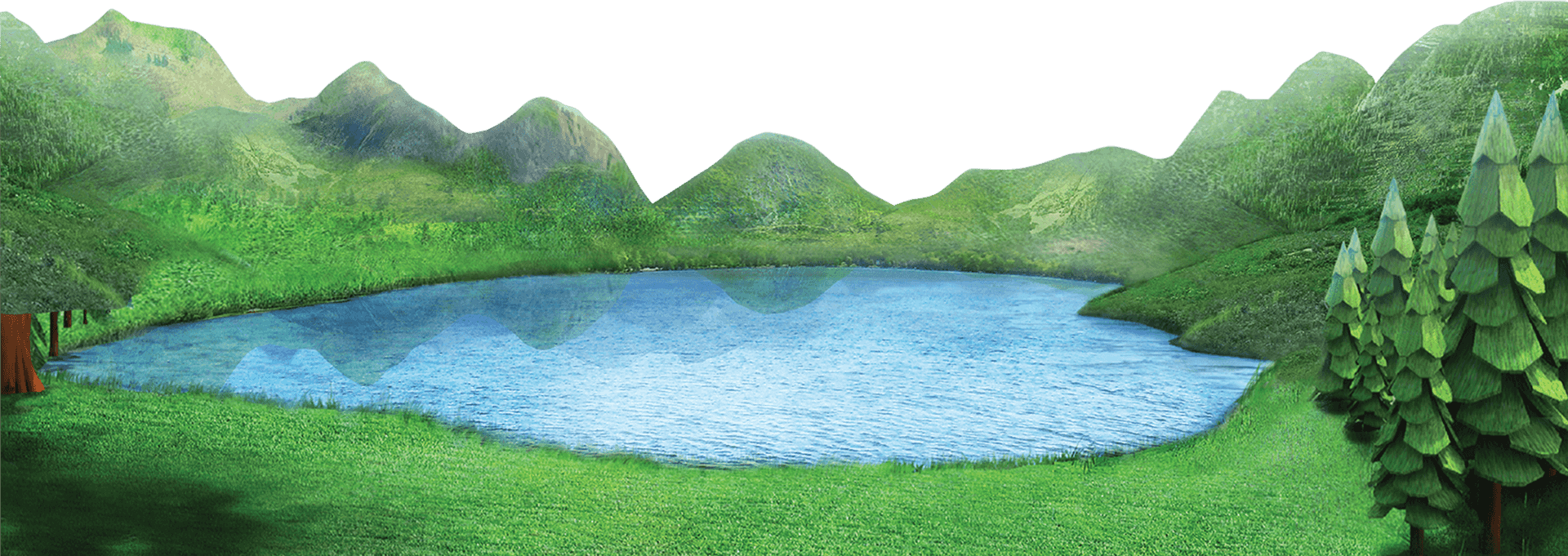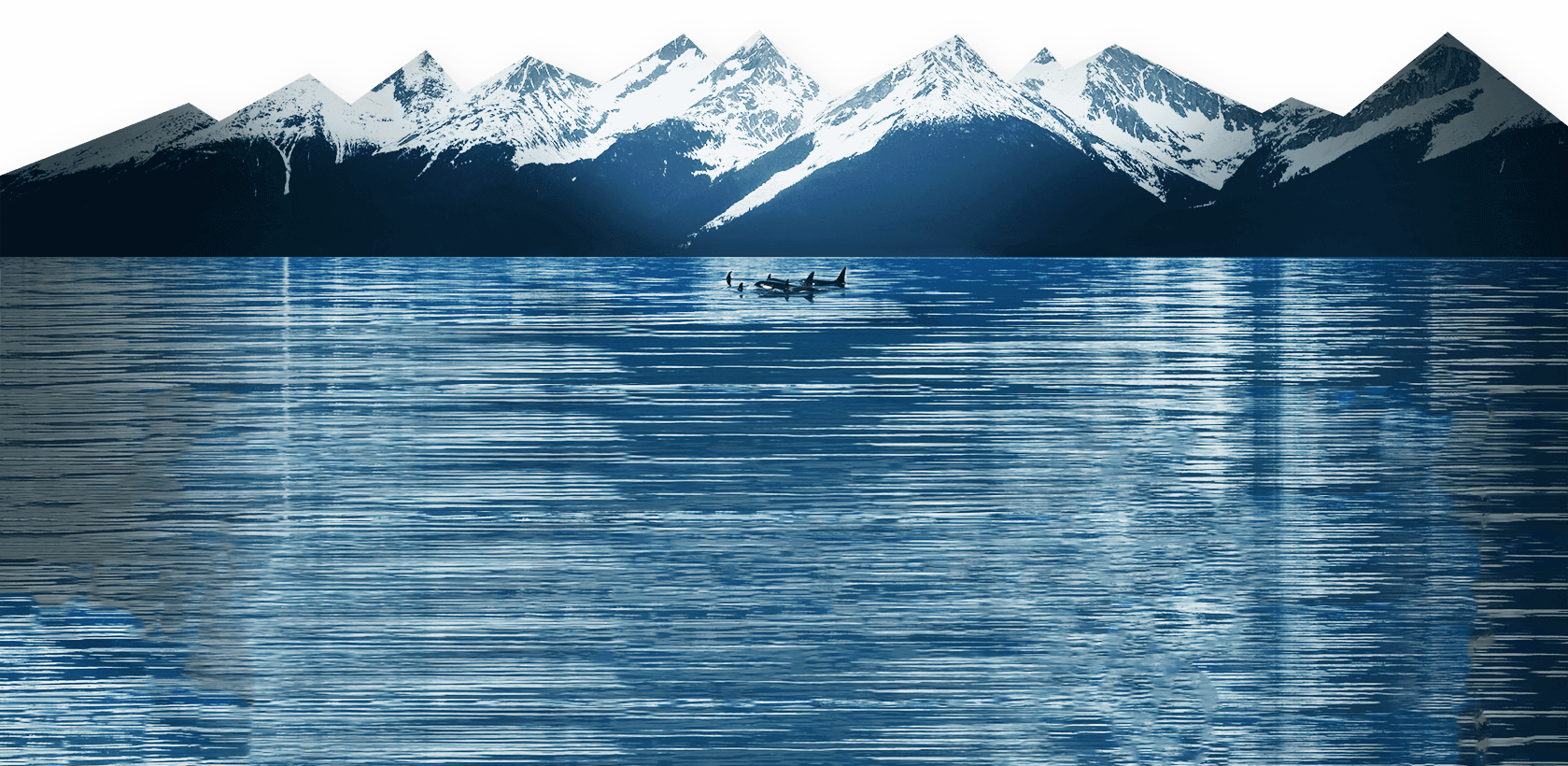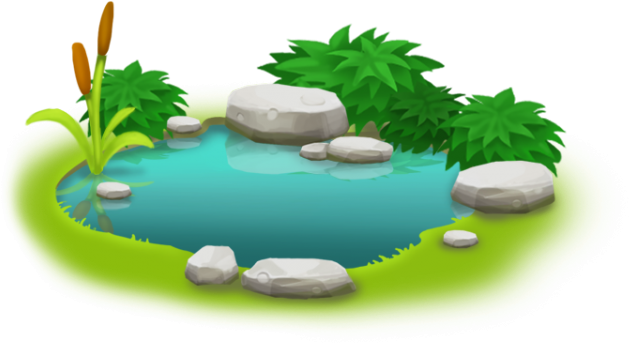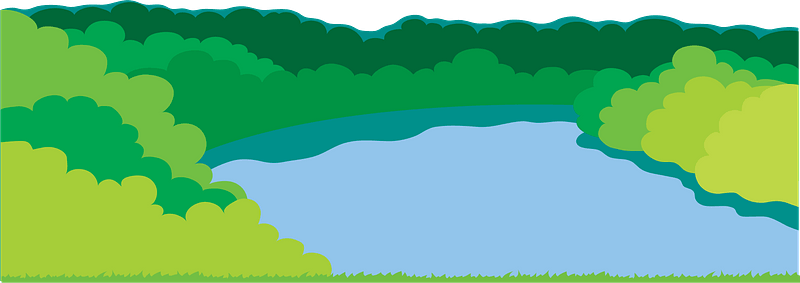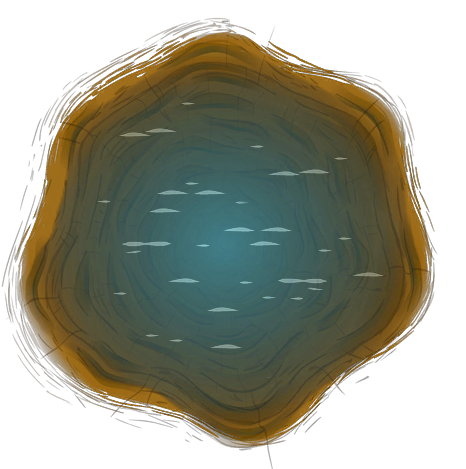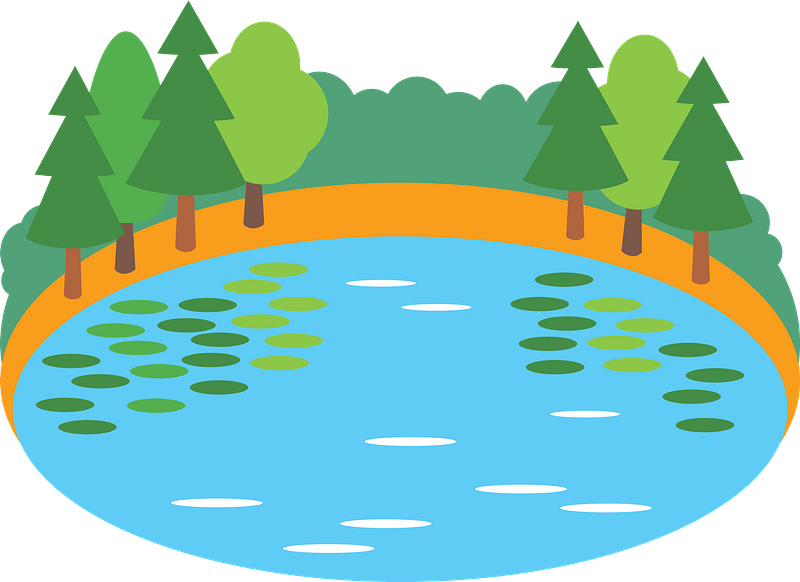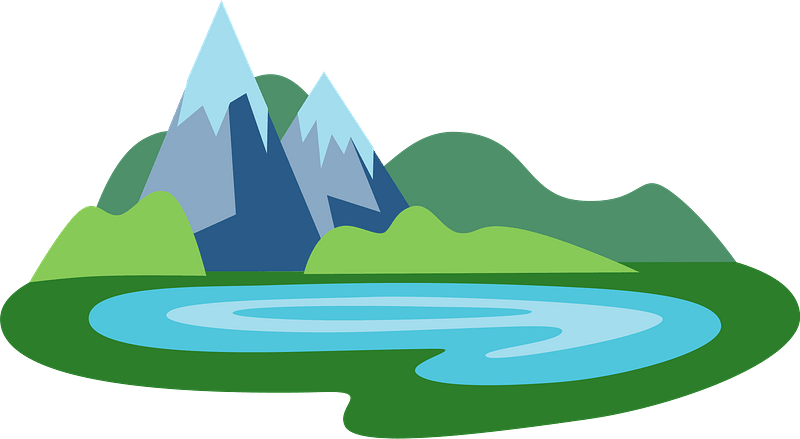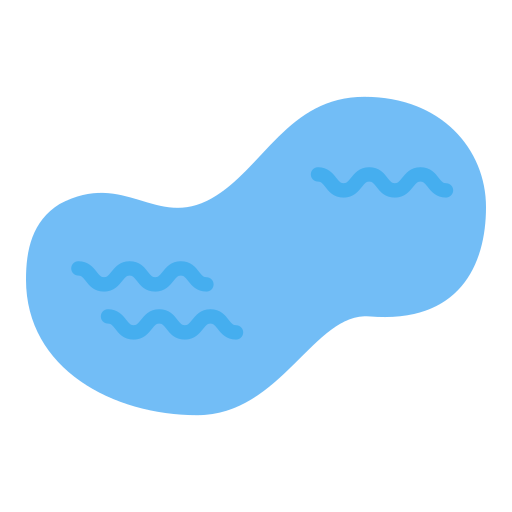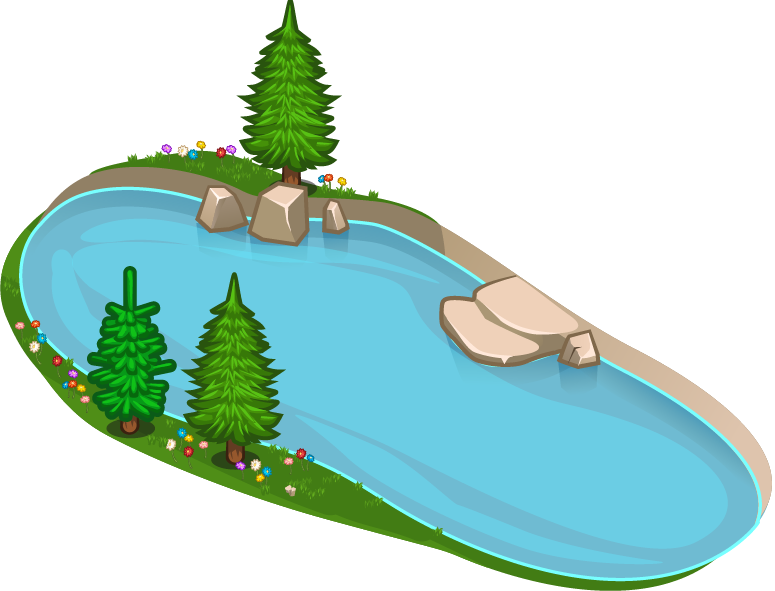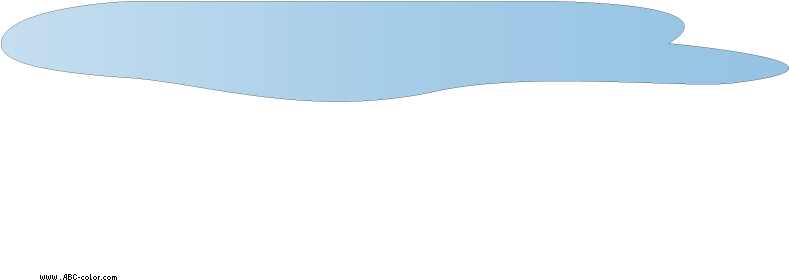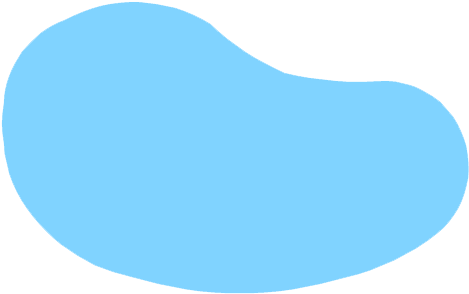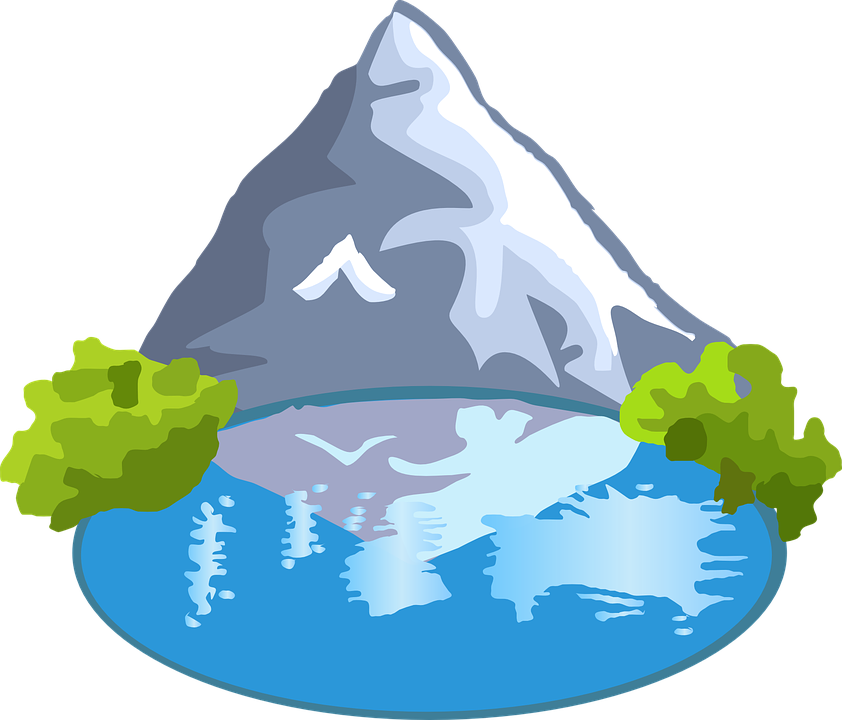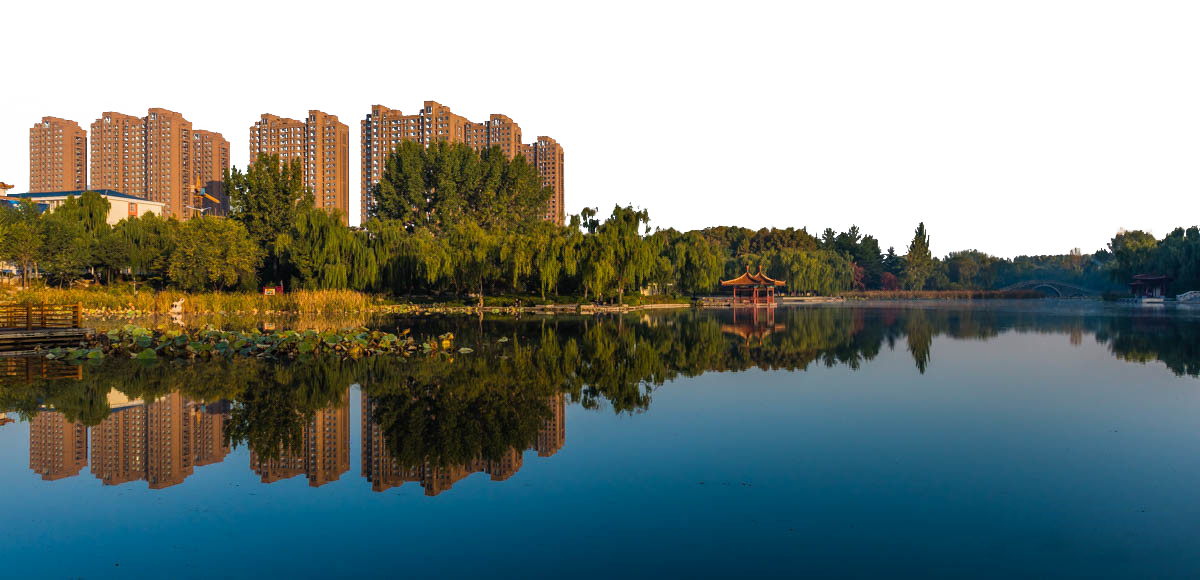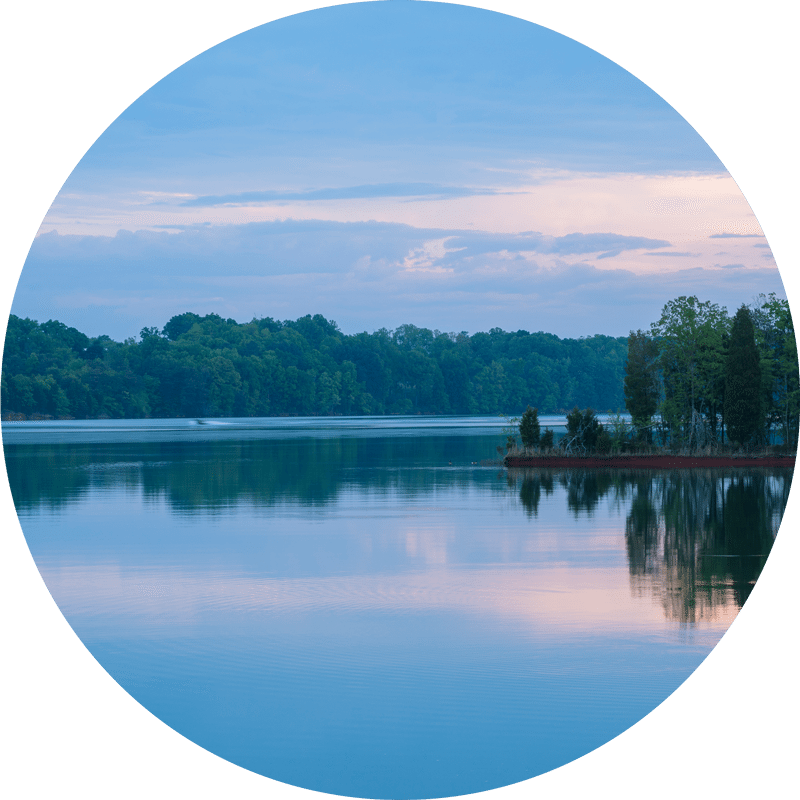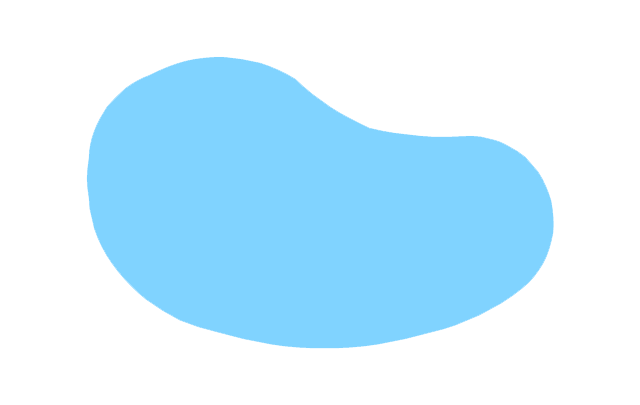Download top and best high-quality free Lake PNG Transparent Images backgrounds available in various sizes. To view the full PNG size resolution click on any of the below image thumbnail.
License Info: Creative Commons 4.0 BY-NC
A lake is a body of water surrounded by land and located in a basin, separate from any river or other outlet that feeds or drains the lake. Lakes are land-based and do not belong in the ocean, yet they are part of the Earth’s water cycle, much like the much bigger seas. Lagoons, on the other hand, are often coastal areas of the ocean. Although there are no formal or scientific definitions, they are often larger and deeper than ponds, which are also on land. Rivers or streams, on the other hand, run in a channel on land, whereas lakes do not. Rivers and streams feed and drain the majority of lakes.
Natural lakes can be found in hilly places, rift zones, and areas where glaciers is still present. Other lakes can be found in endorheic basins or along the courses of mature rivers that have broadened into basins. Because of unstable drainage patterns left over from the previous Ice Age, there are many lakes in various places of the planet. Over geologic time spans, all lakes will gradually fill in with sediments or spill out of the basin in which they are contained.
Many lakes are man-made and built for industrial or agricultural reasons, hydroelectric power generation, or home water supply, as well as aesthetic, recreational, and other purposes.
The term lake derives from Middle English lake (‘lake, pond, waterway’), which comes from Old English lacu (‘pond, pool, stream’), which comes from Proto-Germanic *lak (‘pond, ditch, slow flowing stream’), which comes from the Proto-Indo-European root *le- (‘to leak, drain’). Dutch laak (‘lake, pond, ditch,’) Middle Low German lke (‘water pooled in a riverbed, puddle,’) as in de:Wolfslake, de:Butterlake, German Lache (‘pool, puddle,’) and Icelandic laekur (‘slow running stream’) are all synonyms. The English terms leak and leach are also related.
There is a lot of confusion concerning the difference between lakes and ponds, and there is no current universally agreed definition of either term across scientific fields or political boundaries. Lakes, for example, are water basins that are just a bigger version of a pond with wave action on the shoreline or where wind-induced turbulence plays a substantial role in mixing the water column, according to limnologists. Ponds aren’t fully excluded by any of these classifications, and they’re all tough to quantify. As a result, simple size-based classifications are increasingly being employed to distinguish ponds from lakes. Lakes are defined as bodies of water with minimum sizes ranging from 2 hectares (5 acres): 331 to 8 hectares (20 acres) (see also the definition of “pond”). Lakes were defined by Charles Elton, one of the founders of ecology, as waterbodies of 40 hectares (99 acres) or more. The word lake is also applied to a feature such as Lake Eyre, which is a dry basin most of the year but may fill up during periods of severe rainfall. Many lakes have names that finish with the word pond in general usage, and a smaller number of names that end with lake are, in fact, ponds in quasi-technical terms. “In Newfoundland, for example, almost every lake is referred to as a pond, but in Wisconsin, almost every pond is referred to as a lake,” according to one textbook.
According to one hydrology text, a “lake” is a body of water that has the following five characteristics:
- It partially or completely fills one or more basins connected by straits and maintains a consistent water level throughout (except for relatively short-lived variations caused by wind, varying ice cover, large inflows, etc.)
- Because there is no regular input of saltwater, the basins catch a significant part of the silt floating in the water (for this to happen they need to have a sufficiently small inflow-to-volume ratio)
- the area measured at the mean water level exceeds a certain limit (for instance, one hectare)
- Other hydrological articles have accepted or expanded on the others, with the exception of the seawater intrusion criteria.
Download Lake PNG images transparent gallery
- Lake Beautiful Transparent
Resolution: 2560 × 1600
Size: 5154 KB
Image Format: .png
Download
- Lake PNG Photos
Resolution: 600 × 434
Size: 55 KB
Image Format: .png
Download
- Lake Forest PNG
Resolution: 1280 × 640
Size: 129 KB
Image Format: .png
Download
- Lake Transparent
Resolution: 1280 × 1074
Size: 167 KB
Image Format: .png
Download
- Lake Mountain
Resolution: 600 × 334
Size: 339 KB
Image Format: .png
Download
- Lake PNG Clipart
Resolution: 512 × 512
Size: 18 KB
Image Format: .png
Download
- Lake PNG Picture
Resolution: 512 × 512
Size: 18 KB
Image Format: .png
Download
- Lake PNG HD Image
Resolution: 512 × 512
Size: 12 KB
Image Format: .png
Download
- Lake Beautiful PNG Clipart
Resolution: 1024 × 746
Size: 498 KB
Image Format: .png
Download
- Lake Beautiful PNG Picture
Resolution: 512 × 512
Size: 23 KB
Image Format: .png
Download
- Lake Beautiful PNG HD Image
Resolution: 600 × 597
Size: 41 KB
Image Format: .png
Download
- Lake
Resolution: 1477 × 660
Size: 2006 KB
Image Format: .png
Download
- Lake PNG Image
Resolution: 640 × 480
Size: 256 KB
Image Format: .png
Download
- Lake PNG Image HD
Resolution: 900 × 684
Size: 534 KB
Image Format: .png
Download
- Lake No Background
Resolution: 1920 × 681
Size: 533 KB
Image Format: .png
Download
- Lake PNG Images HD
Resolution: 1679 × 820
Size: 625 KB
Image Format: .png
Download
- Lake PNG Free Image
Resolution: 684 × 269
Size: 48 KB
Image Format: .png
Download
- Lake PNG
Resolution: 629 × 343
Size: 220 KB
Image Format: .png
Download
- Lake Beautiful
Resolution: 2400 × 386
Size: 71 KB
Image Format: .png
Download
- Lake Beautiful PNG
Resolution: 512 × 512
Size: 22 KB
Image Format: .png
Download
- Lake Beautiful PNG Pic
Resolution: 800 × 283
Size: 23 KB
Image Format: .png
Download
- Lake Beautiful PNG File
Resolution: 466 × 469
Size: 228 KB
Image Format: .png
Download
- Lake Beautiful PNG Image
Resolution: 800 × 582
Size: 43 KB
Image Format: .png
Download
- Lake PNG Pic
Resolution: 800 × 439
Size: 22 KB
Image Format: .png
Download
- Lake PNG File
Resolution: 512 × 512
Size: 16 KB
Image Format: .png
Download
- Lake PNG Photo
Resolution: 775 × 591
Size: 127 KB
Image Format: .png
Download
- Lake PNG Cutout
Resolution: 789 × 280
Size: 6 KB
Image Format: .png
Download
- Lake PNG Images
Resolution: 469 × 294
Size: 4 KB
Image Format: .png
Download
- Lake Forest
Resolution: 1280 × 640
Size: 189 KB
Image Format: .png
Download
- Lake Beautiful PNG Photo
Resolution: 842 × 720
Size: 181 KB
Image Format: .png
Download
- Lake Beautiful PNG Cutout
Resolution: 1200 × 580
Size: 710 KB
Image Format: .png
Download
- Lake Beautiful PNG Images
Resolution: 800 × 800
Size: 178 KB
Image Format: .png
Download
- Lake Beautiful PNG Photos
Resolution: 640 × 405
Size: 5 KB
Image Format: .png
Download
